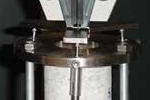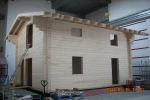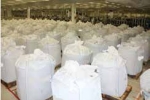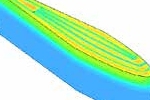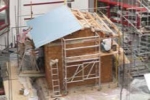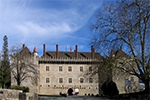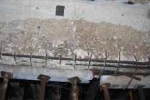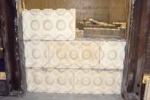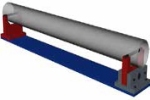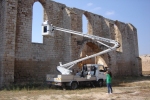Concrete characterization at early ages
Concrete characterization at early ages.
Objectives
The knowledge of concrete behavior at early ages in increasingly important in view of the growing pressure for fast construction cycles, and the fast demands for the beginning of service life of structures right after construction. The knowledge of the evolution of concrete properties since its early ages is also important in view go the growing use of recycled materials and supplementary materials that induce very distinctive behaviors to concrete in regard to hydration kinetics and main properties, when compared to concrete mixtures that exclusively use conventional materials (aggregates and binder).
Description
For such reason, LEST has been investing in competences and capacities for experimentation regarding this important stage of cement-based materials. LEST is inclusively developing new methodologies in such concern, as for example the EMM-ARM method (Elasticity Modulus Measurement through Ambient Response Technique) that allows continuous and automatic measurement of concrete E-modulus since its fresh state. Simultaneously, LEST has the additional conditions for measurement and quantification of several properties in the specific context of concrete at early ages: heat of hydration, specific heat, thermal conductivity, coefficient of thermal dilation, viscoelastic behavior (creep), compressive/tensil strength, degree of hydration, among others.
Results
It is relevant to pinpoint LEST’s capacity in the conduction of in-situ monitoring works within the context of the early ages of concrete, encompassing autonomous in-situ measurement of temperature and strain with specific datalogers/sensors.


